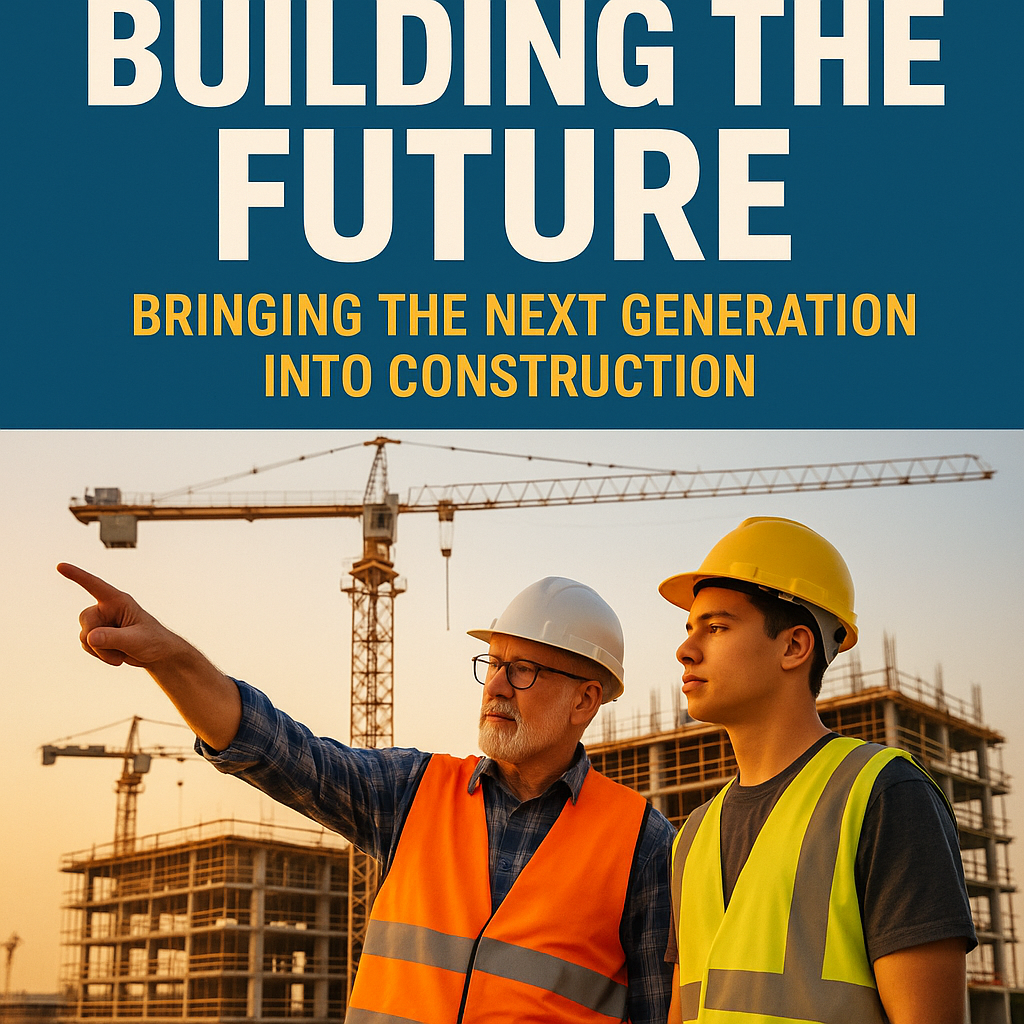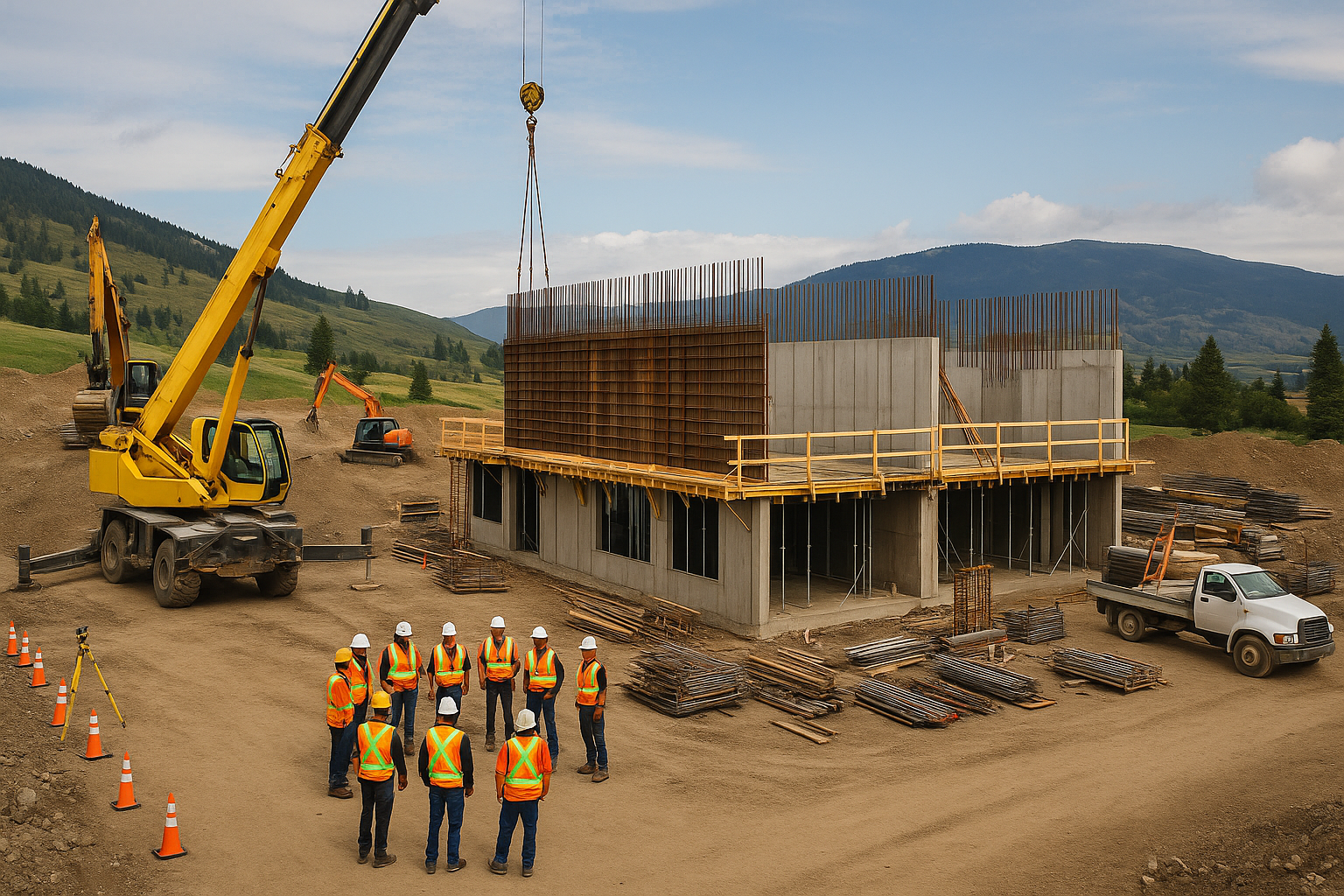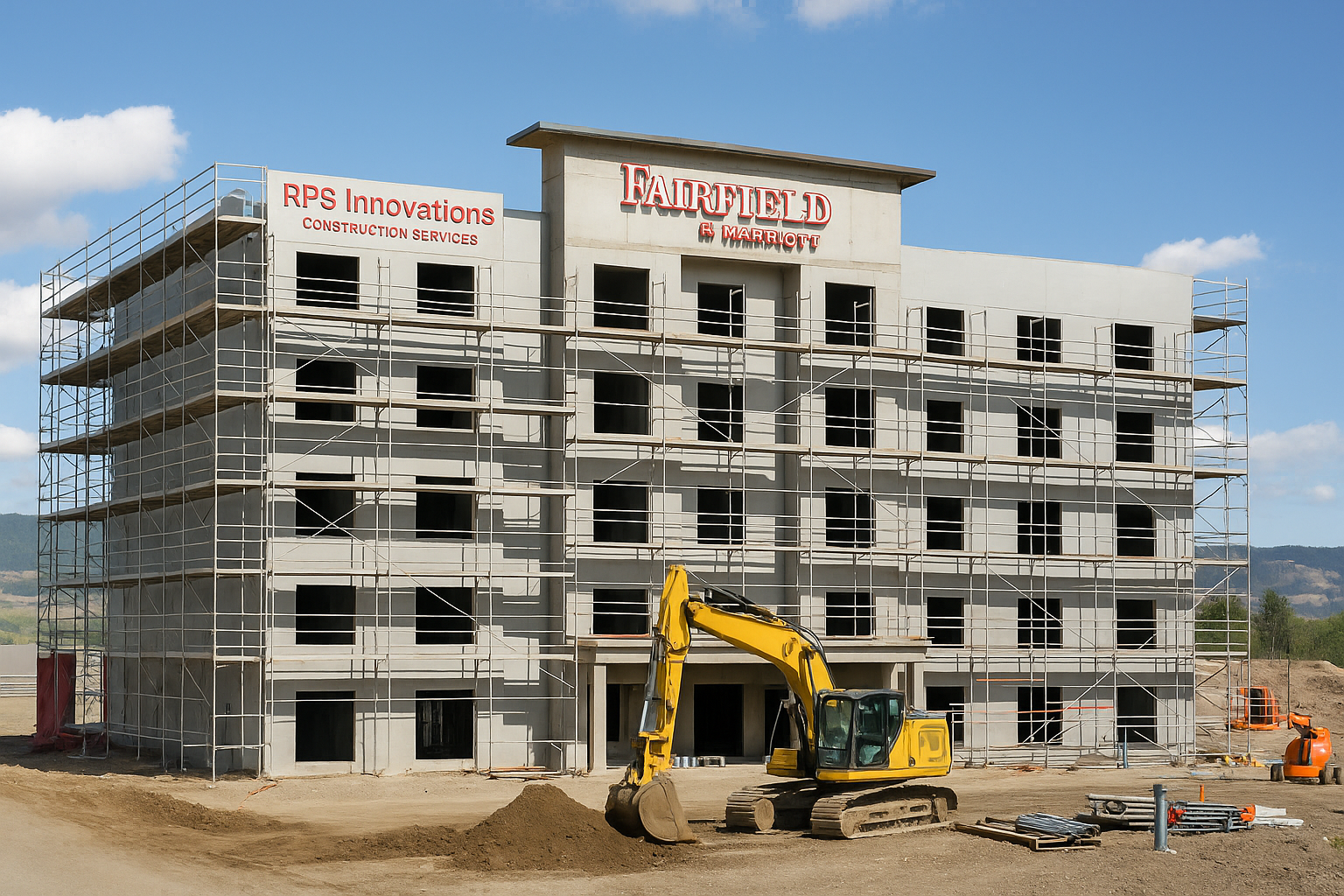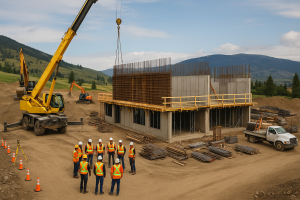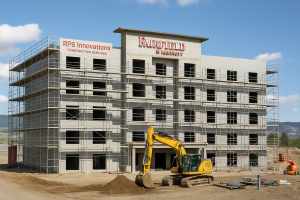The construction industry in British Columbia, particularly in vibrant cities such as Kamloops, Kelowna, and Merritt, faces a daunting challenge. The shortage of skilled workers threatens to stall the growth of communities that desperately rely on construction to meet their housing and infrastructure needs. As seasoned tradespeople retire, fewer young people are stepping into these roles, and it’s crucial to understand why this is happening and what can be done about it.
Understanding the Skilled Trades Shortage
The skilled trades shortage is the result of several interconnected factors. First, there exists a persistent stigma regarding manual labor. Many young people are often guided away from vocational training and instead directed towards university paths. This cultural bias devalues the importance of skilled trades, such as carpentry, plumbing, and electrical work, which are critical in building and maintaining our communities.
The aging workforce is another significant factor contributing to this shortage. According to recent studies, a substantial number of skilled tradespeople are nearing retirement age. When they leave the field, the expertise and knowledge they take with them cannot easily be replaced. This gap not only slows down construction projects but also escalates costs, creating a strain on the economy.
Impact on Construction Projects
The ramifications of the skilled worker shortage are far-reaching. In booming communities like Kelowna, which are experiencing high levels of development, there is an increasing demand for skilled labor. However, project delays are becoming all too common, with many projects either stalled or experiencing significant overruns in budget and time due to the lack of available tradespeople.
The Role of Aging Tradespeople
As experienced tradespeople retire, they leave a void that is proving difficult to fill. The lack of a skilled and youthful workforce means that construction companies are struggling to meet the demands of ongoing and upcoming projects. This, in turn, affects the construction quality and the overall sustainability of our communities.
The Importance of Skilled Workers in Our Communities
Skilled workers are the backbone of any thriving community. They build essential infrastructure such as schools, hospitals, and homes. Without a sufficient number of skilled tradespeople entering the industry, we risk stalling community growth and limiting the potential for economic development.
Economic Implications of the Shortage
The shortage of skilled workers carries heavy economic consequences. Delayed construction means potential lost revenue for businesses and higher costs for consumers seeking housing or commercial spaces. Communities face skyrocketing real estate prices, as demand continues to exceed supply.
The interconnectedness of various sectors illustrates why investing in the skilled labor market is crucial for economic vitality. A robust construction industry can lead to job creation in other sectors—everything from retail to services benefits from new construction projects.
Attracting Young Talent to the Trades
To combat the ongoing skilled trades shortage, we need to foster interest among the youth. One effective strategy includes engaging young people through mentorship programs and hands-on workshops. Schools must emphasize the importance of vocational education and create awareness of the rewarding careers available in trades. Organizations like RPG Construction are leading the way by supporting youth-focused training initiatives and helping shape the next generation of skilled tradespeople.
The Role of Education and Apprenticeships
Education plays a vital role in attracting young talent to the trades. Schools should partner with local construction firms to offer apprenticeship programs that provide practical experience alongside classroom learning. Financial incentives like scholarships for vocational training could also encourage more students to consider a career in the trades.
Solutions to Bridge the Labor Gap
Collaborating with Educational Institutions
Educational institutions can take a proactive role by aligning their curricula with the needs of the construction industry. By working closely with trades organizations and companies, schools can create programs that develop the skills needed for today’s job market.
Incentives for New Tradespeople
Incentivizing new tradespeople to enter the industry is crucial. Offering benefits like sign-on bonuses, tuition reimbursement for vocational training, and comprehensive safety training programs can attract young talent.
Looking Ahead: The Future of Construction
The future of construction depends on our collective efforts to address the skills gap. Embracing technology and innovative practices is vital. Adopting tools like Building Information Modeling (BIM) and prefabrication techniques can improve efficiency and help mitigate the labor shortage.
Ensuring Sustainable Growth in the Industry
Adapting to environmental concerns is equally important. Training programs must incorporate sustainable practices, preparing the next generation for the challenges of eco-friendly construction. This focus on sustainability will not only meet current needs but also ensure that the industry can thrive in a changing world.
Conclusion
Addressing the skilled trades shortage is essential for building the future of our communities. By engaging young talent and investing in education and apprenticeship programs, we can create a vibrant workforce prepared to tackle ongoing challenges in construction. The time to act is now—doing so will foster sustainable growth and prosperity across British Columbia.

